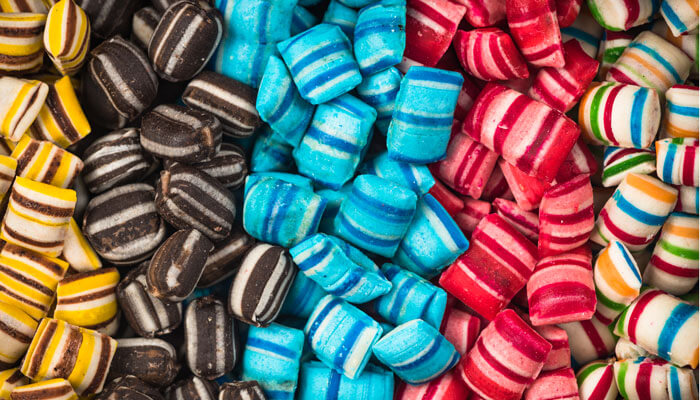We ingest food colors unknowingly while taking our favourite candies, ice-creams, jams, jellies, sweets, soft drinks etc. They are two types of dyes:
- Natural dyes
- Synthetic dyes
Natural Food Dyes
These are the pigments derived from natural sources such as vegetables, minerals, or animals. Nature derived color additives are typically more expensive than synthetic dyes and may add unintended flavors to foods hence small sweet shops, ice-cream and savoury makers in small towns and rural areas use non-permitted synthetic colours.
Examples of natural food dyes are: Carotenoids , chlorophyllin, anthocyanins , and betanin comprise four main categories of plant pigments grown to color food products. Other colorants or specialized derivatives of these core groups include:
- Annatto , a reddish-orange dye made from the seed of the achiote
- Caramel coloring , made from caramelized sugar
- Carmine, a red dye derived from the cochineal insect, Dactylopius coccus
- Elderberry juice
- Lycopene
- Paprika
- Turmeric
Synthetic Food Dyes: Synthetic dyes are coal or petroleum-based and at times are not even purified chemicals. These chemicals have a deleterious effect on your health and some of these chemicals are also carcinogenic in nature.
- It can Damage Kidneys & Liver. Auramine which imparts a bright yellow colour used in beverages damages kidneys and liver.
- Synthetic Food Dyes are Neurotoxic. It means, they can damage nerves in your body.
- It can cause ADHD & Autism in children.
- Synthetic Food Dyes are also Carcinogenic. It means, they can cause cancer. Sudan dyes are commonly used as the bright red colour and it is highly attractive. It is used to colour chilli powder or curry powder. It is not only highly toxic to the liver but also known to cause kidney lesions and is a probable carcinogen.
- Synthetic food can cause Growth Retardation.

